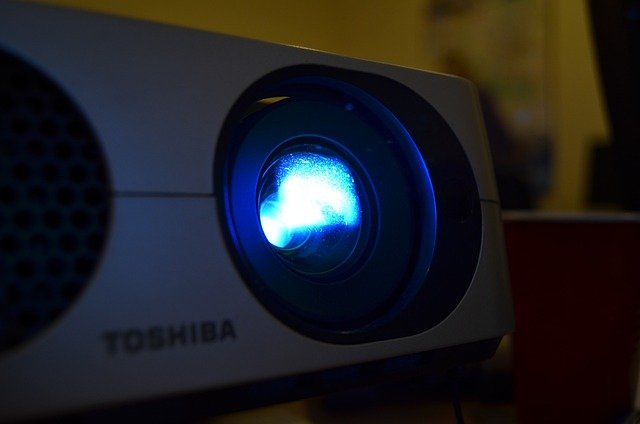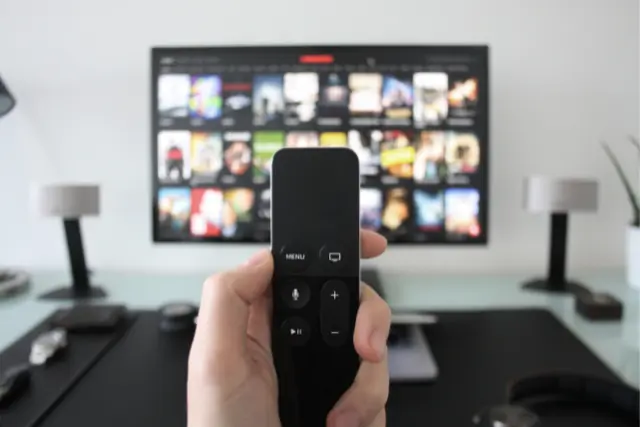Choosing the Right Projector for Home Entertainment
Looking to buy a projector for your home entertainment setup? This article discusses the technical specifications to consider, such as resolution, brightness, contrast ratio, and connectivity options. Find out how these factors can impact your viewing experience and make an informed decision. Discover the different resolutions available, from standard definition to 4K Ultra HD. Learn about the recommended brightness level for home use and the importance of contrast ratio. Consider the throw distance and connectivity options to ensure compatibility with your space and devices. Explore additional features like keystone correction, zoom, 3D support, and built-in speakers. Choose the perfect projector for an immersive and versatile viewing experience.
Choosing the Right Projector for Home Entertainment: A Technical Specifications Guide

Introduction – Projector for Home
In recent years, projectors have become increasingly popular for home entertainment purposes. Whether you want to create a home theater experience or enjoy big-screen gaming, projectors offer a versatile and immersive viewing experience. However, with so many options available in the market, it can be overwhelming to choose the right projector for your needs. In this article, we will discuss the technical specifications of projectors to help you make an informed decision.
Resolution
One of the most important technical specifications to consider when buying a projector is its resolution. Resolution refers to the number of pixels the projector can display, and it directly impacts the image quality.
As the resolution increases, so does the sharpness and level of detail in the images.
There are three common resolutions for projectors:
- Standard Definition (SD): SD projectors have a resolution of 800×600 pixels. While they are the most affordable option, the image quality may not be as sharp as higher resolution projectors.
- High Definition (HD): HD projectors have a resolution of 1280×720 pixels or 1920×1080 pixels. They offer a significantly better image quality and are ideal for watching movies and playing games.
- 4K Ultra HD: 4K projectors have a resolution of 3840×2160 pixels. They provide the highest level of detail and clarity, but they are also more expensive.
Brightness
Brightness is another crucial factor to consider when choosing a projector. It is measured in lumens and determines how well the projector can display images in various lighting conditions. The brightness you need depends on the environment in which you plan to use the projector.
For home entertainment purposes, a projector with a brightness of at least 1500 lumens is recommended. This will ensure that the images are vibrant and clear, even in a moderately lit room. However, if you plan to use the projector in a bright room or outdoors, you may need a higher brightness level.
Contrast Ratio
The contrast ratio of a projector delineates the distinction between the darkest and brightest aspects within an image. Greater contrast ratios yield richer colors and enhance the immersive quality of the viewing experience.
When comparing projectors, look for a high contrast ratio, such as 10,000:1 or higher. This will ensure that the projector can display deep blacks and bright whites, enhancing the overall image quality.
Throw Distance
The throw distance is the distance between the projector and the screen, and it determines the size of the projected image. Different projectors have different throw ratios, which indicate how far the projector needs to be from the screen to achieve a specific image size.
Before purchasing a projector, consider the size of the room and the desired screen size. Calculate the throw distance required for your preferred image size and make sure it is compatible with your space.
Connectivity Options
Another important consideration is the connectivity options offered by the projector. This will determine how you can connect your devices, such as Blu-ray players, gaming consoles, or streaming devices, to the projector.
Most projectors come with HDMI ports, which allow for easy connection to various devices. Some projectors also have USB ports, VGA ports, and audio outputs. Make sure the projector has the necessary connectivity options to meet your needs.

Additional Features
While the technical specifications mentioned above are the most important factors to consider, there are also some additional features that can enhance your viewing experience:
- Keystone Correction: Keystone correction allows you to adjust the image shape if the projector is not placed directly in front of the screen. This is particularly useful if you have limited placement options.
- Zoom: Some projectors offer zoom capabilities, allowing you to adjust the image size without moving the projector.
- 3D Support: If you enjoy watching 3D movies, look for a projector that supports 3D content.
- Built-in Speakers: While external speakers are generally recommended for better audio quality, built-in speakers can be convenient if you don’t want to invest in a separate sound system.
Conclusion – Projector for Home
When choosing a projector for home entertainment, it is essential to consider the technical specifications that will affect your viewing experience. Resolution, brightness, contrast ratio, throw distance, and connectivity options are all crucial factors to consider. Additionally, features like keystone correction, zoom, 3D support, and built-in speakers can further enhance your enjoyment. By understanding these technical specifications and your specific needs, you can find the perfect projector for your home entertainment setup.
Also read about
- Smart TVs: The Benefits of Smart TVs for Your Home
- Telegram channel for live updates on deals and discounts.
- The Benefits of Owning a Projector for Home.
- Elevate your viewing experience with the EGate Projectors.
- Top Online Shopping Platforms in India
- Earn Money Online: Websites and Apps List
- Go Just Online – Explore & Unlock Exclusive Savings, Latest Deals
- OPPO A78 5G – Unleashing Cutting-Edge Technology






